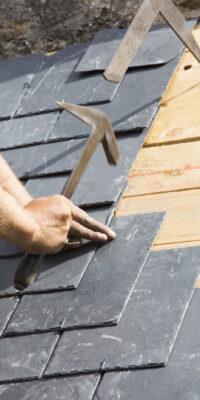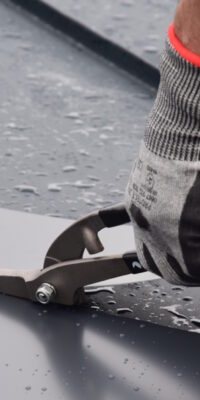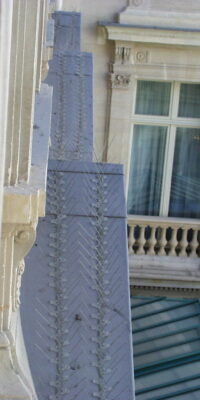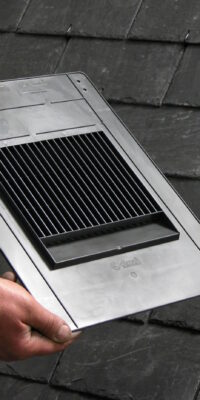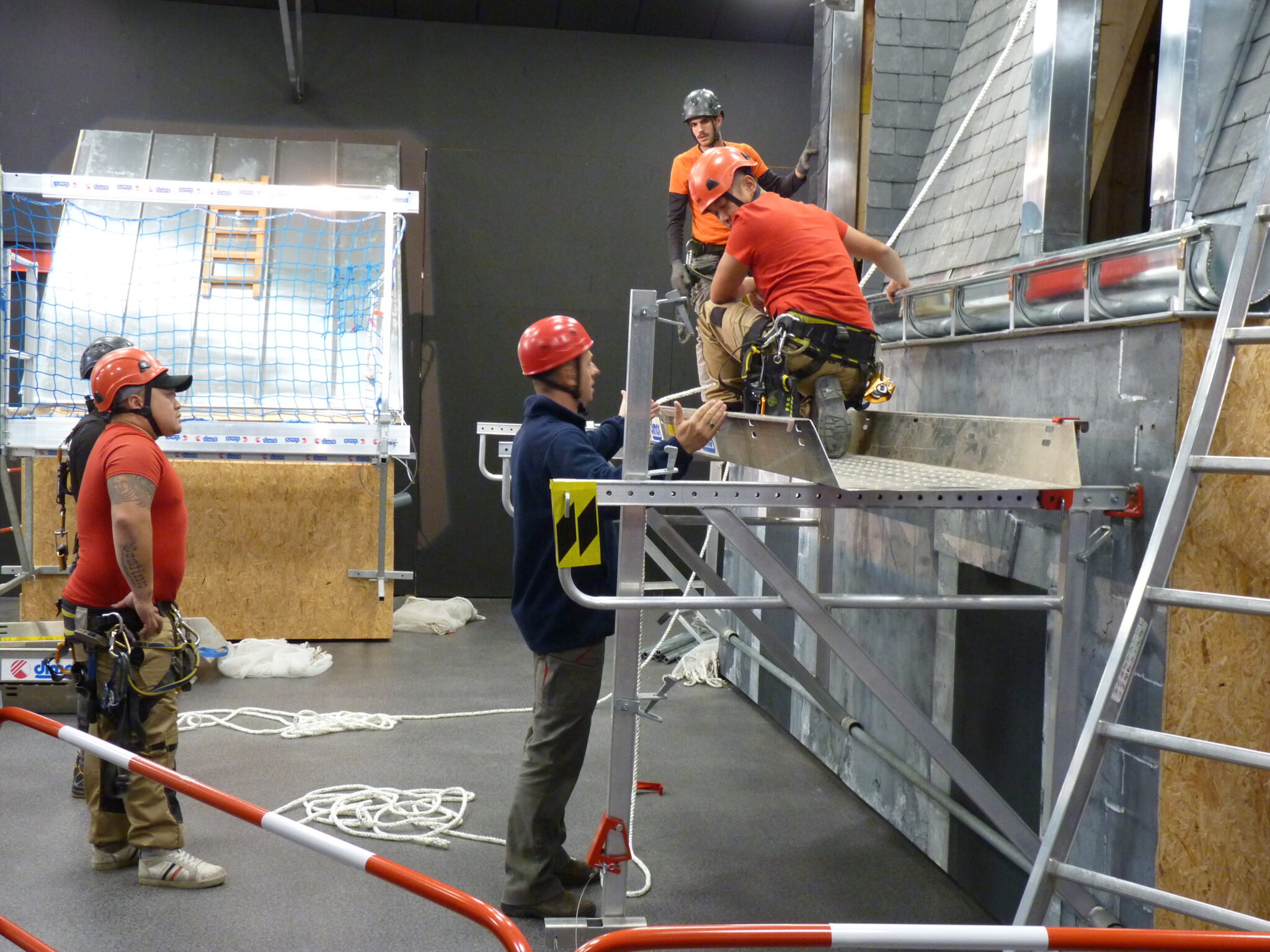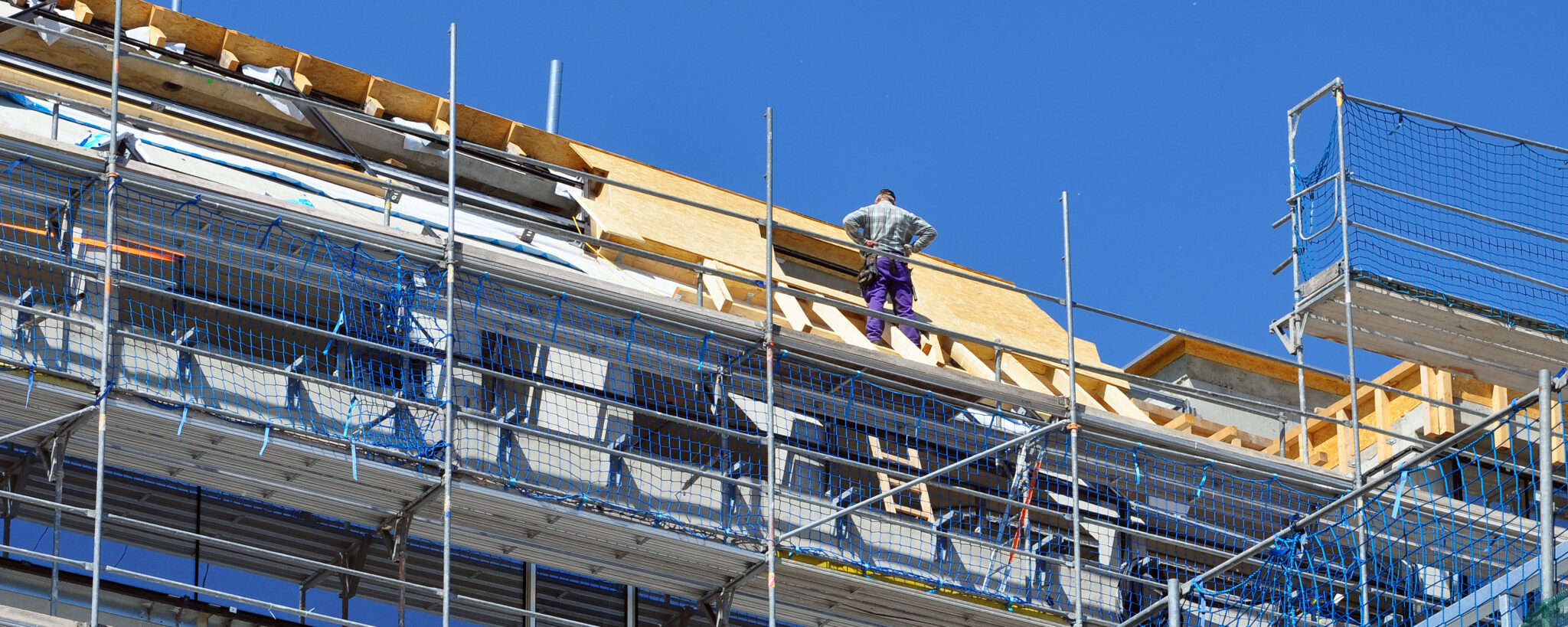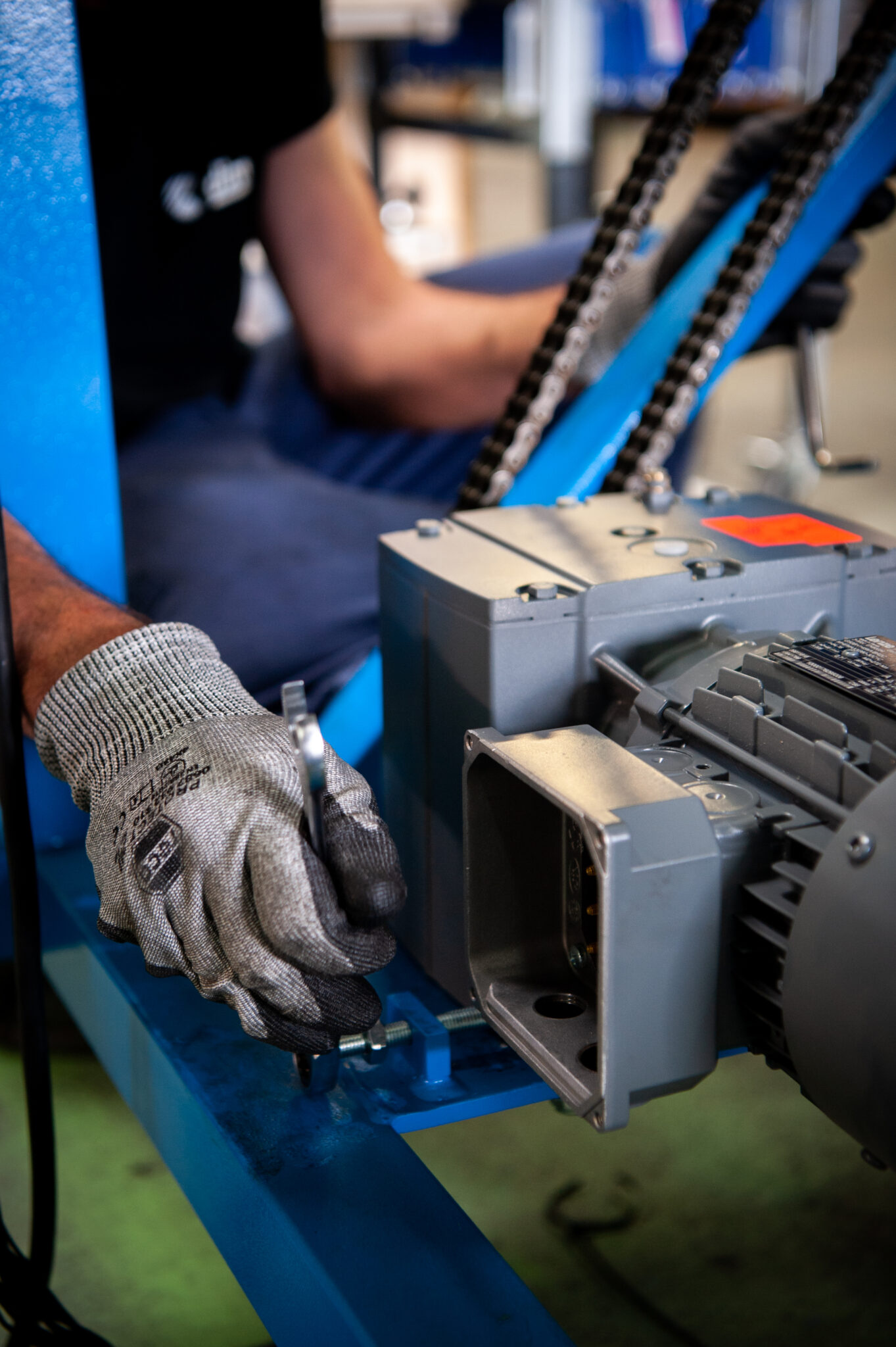
By roofers
For roofers
For almost 50 years, Dimos has supported roofers in France and internationally by offering a full range of roofing machines roofing hand tools, safety equipment and professional accessories.
Heirs to know-how transmitted by three generations of roofers , we design robust, reliable and innovative solutions, in close collaboration with artisans in the sector. We also provide you with specialized training.
Whether you are looking for roofing equipment , precision tools, safety solutions or practical training. Dimos is your trusted partner to modernize your activity.
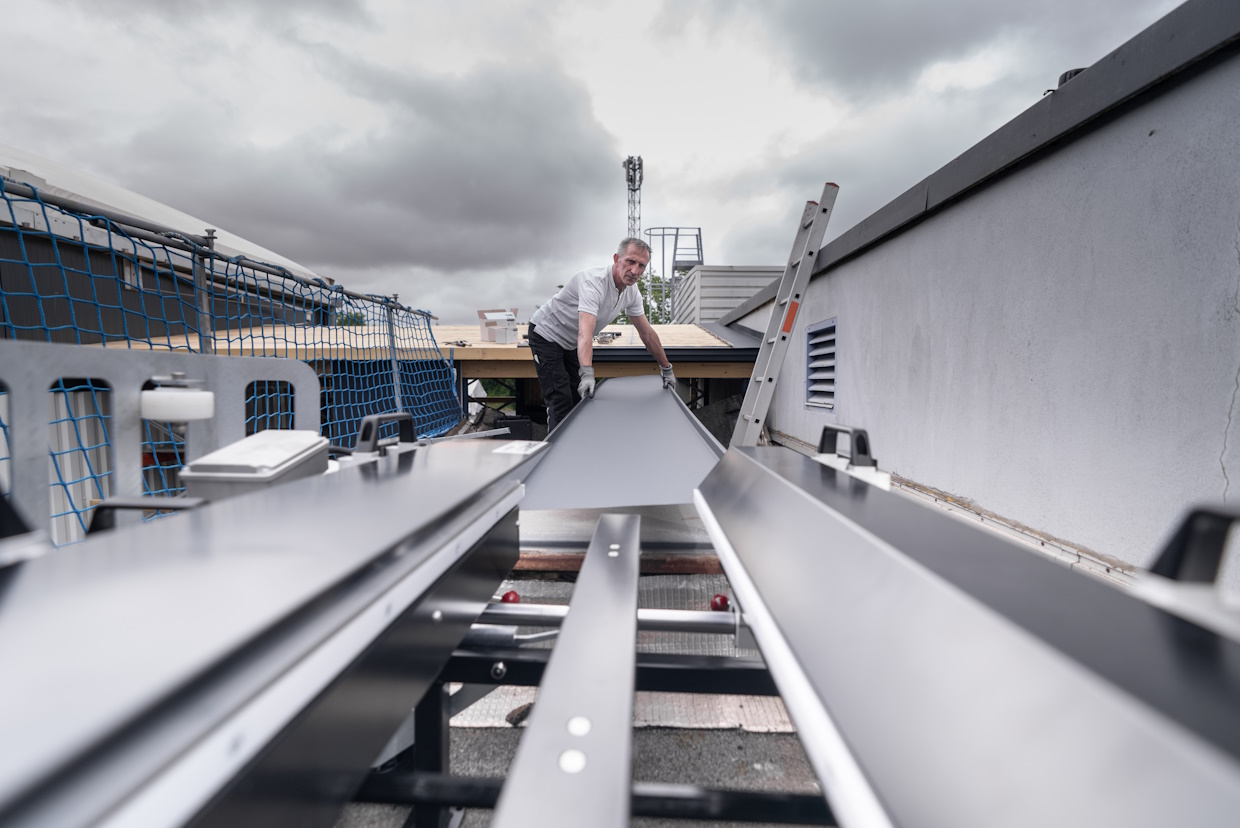
Our universes
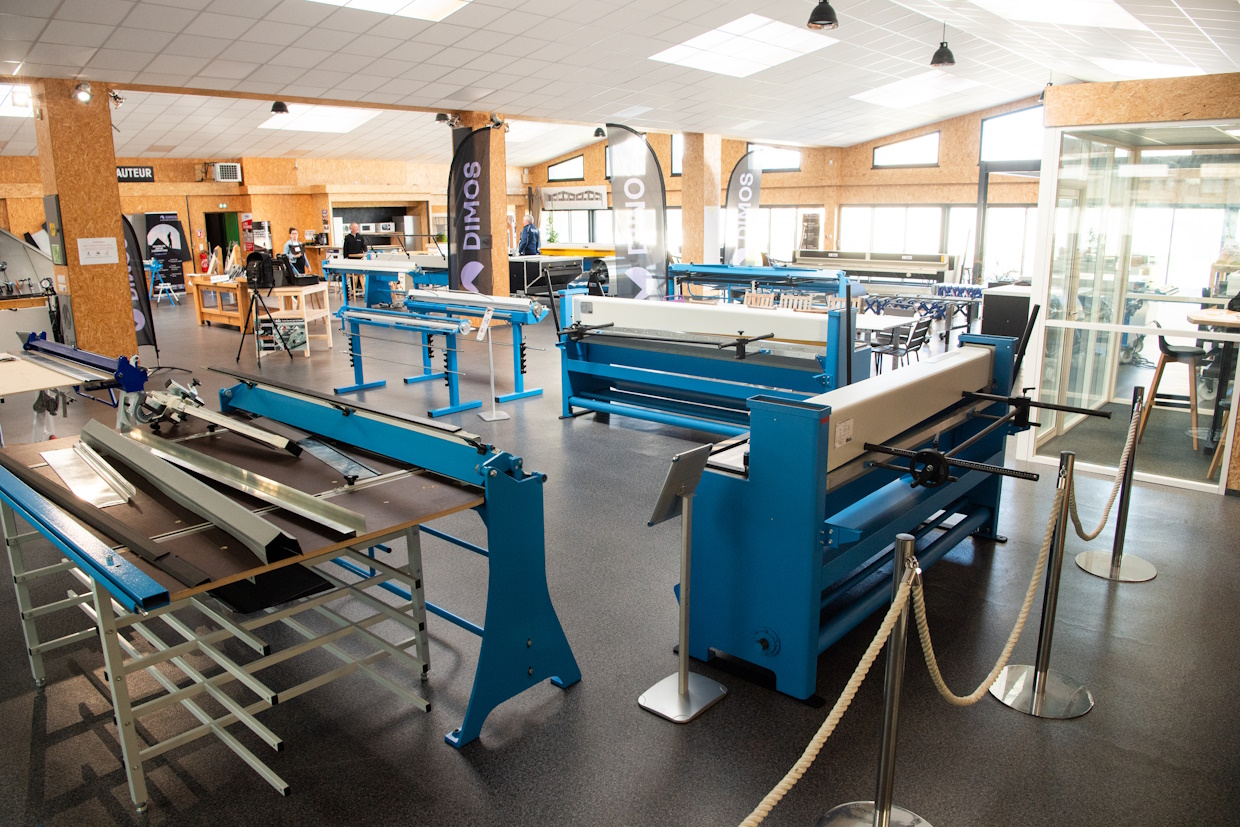
The experience that makes the
difference.
At Dimos , the professional quality roofing tools is not limited to a promise - it is a concrete reality , validated in the field by thousands of experienced roofers .
Our Couvreur experience center , located in Ancenis (Loire-Atlantique) , is a space of 1,200 m² building and roofing professionals . Open all year round, this unique place allows:
- Technical training of teams through practical demonstrations.
- The test in real conditions of our cutting, folding and lifting tools on actual size models.
- The exchange of experiences between craftsmen, trainers and experts in the sector.
Dimos tool ranges are developed to meet the requirements of professionals: robustness, precision, sustainability and safety on site .
Thanks to our network of distributors and partner training centers present throughout France and abroad, you can also find our products in many specialized showrooms. Come take them in charge, test their performance, and see the added value they bring to your daily life on site.
0 years
that innovation at the service of roofers is part of our DNA
0
roofing companies trained by Dimos Training to exercise safely
0
Dimos machines purchased worldwide

